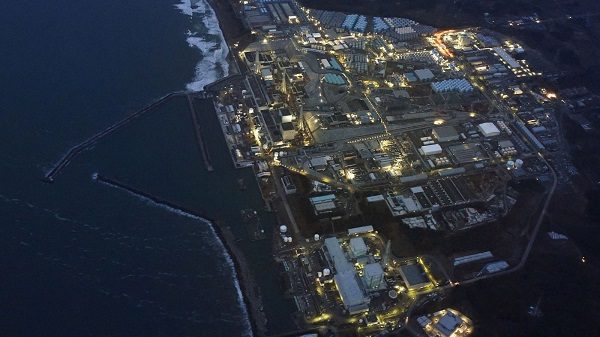
For the first time since the 2011 meltdown at Japan's Fukushima Daiichi nuclear power plant, residents who lived in a nearby town are being allowed back in.
Japanese authorities on Wednesday gave the first clearance for residents to return to the evacuated town of Okuma, west of the tsunami-crippled plant.
Lower radiation levels achieved through decontamination work and progress in infrastructure development allowed authorities to lift the mandatory evacuation order over parts of the town, Japan Times reported.
The paper said of the 10,000 residents who inhabited the town before the nuclear meltdown only 367 people, or around 3.5% of the original population, had registered as returnees amid lingering safety concerns over radiation levels.
"This is a major milestone for the town," mayor Toshitsuna Watanabe said in a written statement. "But this is not the goal, but a start toward the lifting of the evacuation order for the entire town."
Japan's Prime Minister Shizo Abe is expected to attend a ceremony to mark the lifting of the evacuation order later this week.
Futaba, the other town that hosts the nuclear plant, remains off-limits to residents.
A report released by Greenpeace last month warned that radiation levels remained too high for the safe return of thousands of evacuees and urged the Japanese government to suspend its current return policy.
"The Japanese government is defying United Nations human rights specialists who have challenged the policy of lifting evacuation orders and exposing citizens, in particular women and children, to unsafe radiation levels," the report said.
In March 2011, a 9.1-magnitude earthquake and subsequent tsunami killed nearly 16,000 people.
Three of Fukushima Daiichi's reactors went into meltdown and started leaking radiation after getting hit by a 15m (49.2ft) wave, leading to 160,000 people fleeing the region.



Reader Comments